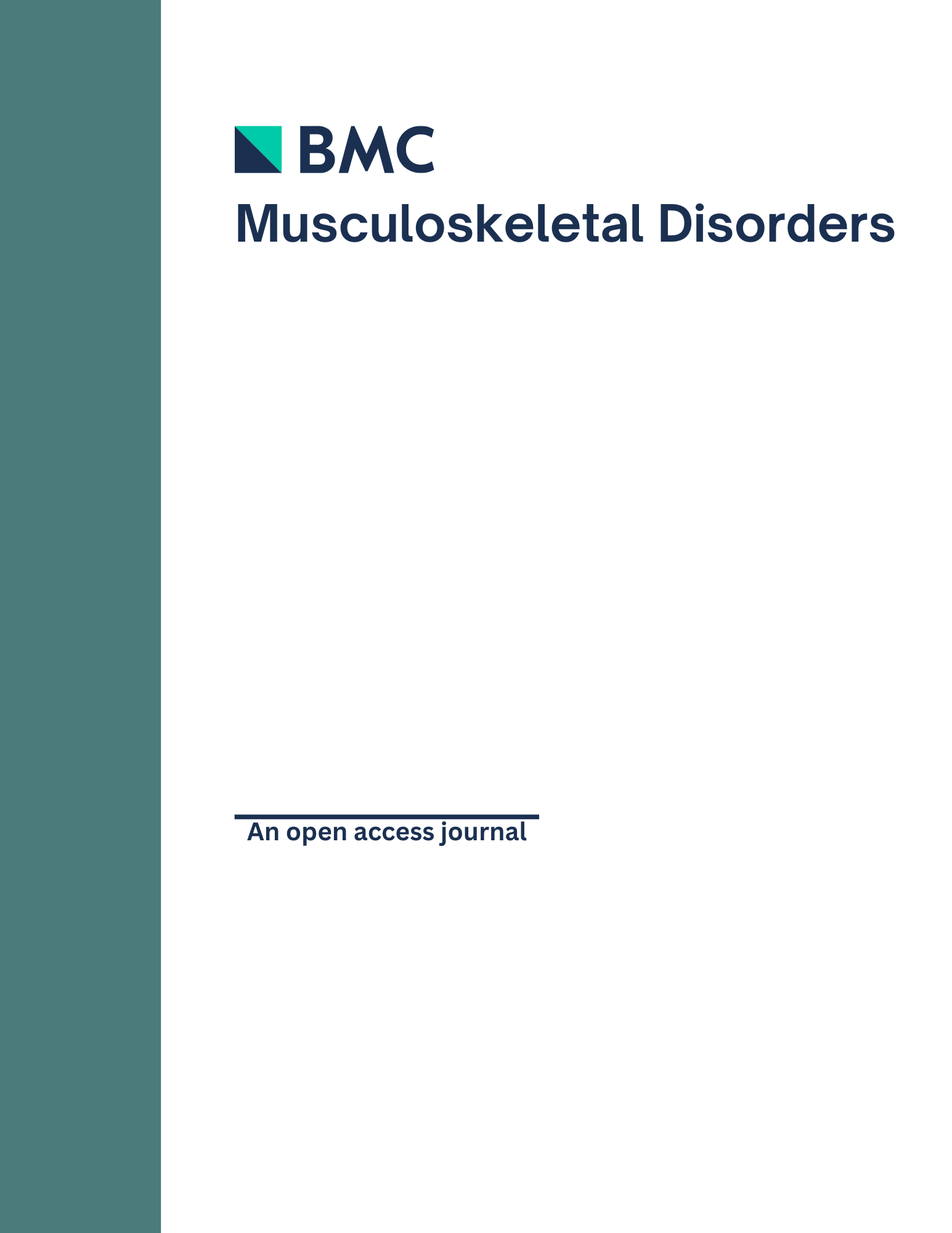
Low-intensity pulsed ultrasound improves bone healing in delayed unions of the tibia

Low-intensity pulsed ultrasound improves bone healing in delayed unions of the tibia
Improved healing response in delayed unions of the tibia with low-intensity pulsed ultrasound: results of a randomized sham-controlled trial
BMC Musculoskelet Disord. 2010 Oct 8;11:229. doi: 10.1186/1471-2474-11-229.Did you know you're eligible to earn 0.5 CME credits for reading this report? Click Here
Synopsis
101 patients who had suffered a fracture to the tibial shaft, and for whom delayed union was confirmed were randomized to undergo 16 weeks of active low-intensity pulsed ultrasound (LIPUS) or a sham device, to determine whether LIPUS is effective in promoting bone healing in this population. Results indicated that improvements in bone mineral density (BMD) and gap area at the fracture site were significantly higher in patients treated with LIPUS compared to those treated with a sham device, with a medium degree of effectiveness in patients who completed the protocol. Furthermore, regardless of group allocations, patients whose time since fracture was 48 weeks or more experienced significantly poorer radiological outcomes, compared to fractures experienced <48 weeks prior.
Was the allocation sequence adequately generated?
Was allocation adequately concealed?
Blinding Treatment Providers: Was knowledge of the allocated interventions adequately prevented?
Blinding Outcome Assessors: Was knowledge of the allocated interventions adequately prevented?
Blinding Patients: Was knowledge of the allocated interventions adequately prevented?
Was loss to follow-up (missing outcome data) infrequent?
Are reports of the study free of suggestion of selective outcome reporting?
Were outcomes objective, patient-important and assessed in a manner to limit bias (ie. duplicate assessors, Independent assessors)?
Was the sample size sufficiently large to assure a balance of prognosis and sufficiently large number of outcome events?
Was investigator expertise/experience with both treatment and control techniques likely the same (ie.were criteria for surgeon participation/expertise provided)?
Yes = 1
Uncertain = 0.5
Not Relevant = 0
No = 0
The Reporting Criteria Assessment evaluates the transparency with which authors report the methodological and trial characteristics of the trial within the publication. The assessment is divided into five categories which are presented below.
4/4
Randomization
4/4
Outcome Measurements
2/4
Inclusion / Exclusion
4/4
Therapy Description
3/4
Statistics
Detsky AS, Naylor CD, O'Rourke K, McGeer AJ, L'Abbé KA. J Clin Epidemiol. 1992;45:255-65
The Fragility Index is a tool that aids in the interpretation of significant findings, providing a measure of strength for a result. The Fragility Index represents the number of consecutive events that need to be added to a dichotomous outcome to make the finding no longer significant. A small number represents a weaker finding and a large number represents a stronger finding.
Why was this study needed now?
Previous studies have found low-intensity pulsed ultrasound (LIPUS) to be safe and effective in promoting bone healing in numerous long-bone fracture types. This conservative treatment works by promoting osteoblastic activity, leading to subsequent increases in osteoid thickness, mineral apposition rate, as well as bone volume at the edge of new bone formation in these patients. Only a paucity of studies, the majority of which single-arm, have examined its effectiveness in patients with delayed union as opposed to fresh fractures. This study was therefore needed to contribute to the limited body of evidence in this population.
What was the principal research question?
Is treatment with low-intensity pulsed ultrasound (LIPUS) for 16 weeks effective in promoting bone healing in patients with a delayed union of a tibial shaft fracture, relative to sham treatment?
What were the important findings?
- Based on a descriptive 'completers' analysis (n=84), log BMD increased from baseline to 16 weeks by a mean of 0.87 HU (SD 0.67) in the treatment group and 0.57 HU (SD 0.38) in the control group. This between-group difference was statistically significant in favour of the treatment group (effect size 0.53; 95% CI 0.09, 0.97; p=0.014).
- Also based on a descriptive 'completers' analysis (n=84), from baseline to 16 weeks, mean changes in log gap area were -0.131 mm^2 (SD 0.072) in the treatment group and -0.097 mm^2 (SD 0.070) in the control group; this between-group difference was statistically significant (effect size -0.47; 95% CI -0.91, -0.03; p=0.034).
- Multiple imputation analysis revealed an adjusted difference between groups in the mean change in BMD of 122.4 HU (p=0.007). Based on log transformed data, the adjusted mean BMD improvement was also found to be significantly greater in the treatment group (p=0.002).
- Using multiple imputation analysis, LIPUS was found to have a statistically significant positive effect on bone gap area (based on log transformed data) (p=0.014). A similar finding was observed for untransformed data (p=0.03).
- Following multiple regression analysis (i.e. including pre-treatment BMD [ratio 0.64], time since fracture of <48 weeks [ratio 1.33], and use of intramedullary nail fixation [ratio 1.23]) the relative effectiveness of the treatment remained significant (p=0.004), with minimal change in magnitude.
- Mean BMD was 1.33 times higher for patients with a time since fracture <48 weeks compared to 48 weeks or more when LIPUS status was controlled for. Despite these independent findings, a time since injury x study group interaction was not statistically significant (p=0.76), revealing that LIPUS had a significant effect on bone growth whether or not time since fracture was <48 weeks or >48 weeks. Mean BMD was 1.23 times higher for those who received intramedullary nail fixation.
- At 16 weeks, there was a non-significant trend towards more patients in the treatment group considered "healed" (33/51 or 65%) compared to the control group (23/50 or 46%) (p=0.07).
- No device-related adverse events were reported.
What should I remember most?
Improvement in bone mineral density (BMD) and gap area at the fracture site were significantly higher in patients treated with low-intensity pulsed ultrasound (LIPUS) compared to those treated with a sham device, with a medium degree of effectiveness in 'completers'. Furthermore, regardless of group allocations, patients whose time since fracture was 48 weeks or more experienced significantly poorer radiological outcomes compared to patients treated within 48 weeks of fracture.
How will this affect the care of my patients?
Results from this study support the use of low-intensity pulsed ultrasound (LIPUS) in the treatment of delayed unions of tibial fractures. This study also emphasizes the need for early treatment when delayed unions are suspected. Additional studies with longer follow-ups are needed to confirm the longitudinal effect of this treatment approach.
Learn about our AI Driven
High Impact Search Feature
Our AI driven High Impact metric calculates the impact an article will have by considering both the publishing journal and the content of the article itself. Built using the latest advances in natural language processing, OE High Impact predicts an article’s future number of citations better than impact factor alone.
Continue



 LOGIN
LOGIN

Join the Conversation
Please Login or Join to leave comments.